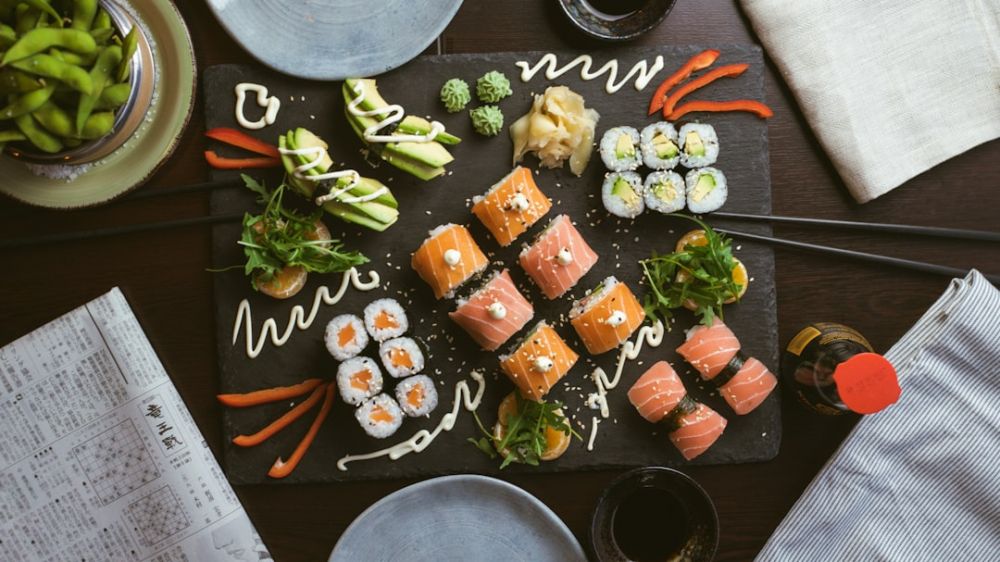
Maori cuisine is a unique and flavorful culinary tradition that reflects the rich cultural heritage of the indigenous Maori people of New Zealand. With its emphasis on fresh, locally sourced ingredients and traditional cooking techniques, Maori cuisine offers a diverse array of dishes that are both delicious and nutritious. In this article, we will explore how to cook and enjoy Maori cuisine, from traditional dishes to modern interpretations that celebrate the flavors of this vibrant culinary tradition.
**Traditional Maori Ingredients**
One of the key elements of Maori cuisine is the use of fresh, seasonal ingredients that are locally sourced whenever possible. Traditional Maori ingredients include kumara (sweet potato), taro, puha (sow thistle), and kawakawa (a native pepper plant). These ingredients are often combined with proteins such as seafood, pork, and lamb to create hearty and satisfying dishes that are full of flavor.
**Cooking Techniques**
Maori cuisine incorporates a variety of cooking techniques that have been passed down through generations. One of the most popular cooking methods is hangi, a traditional Maori earth oven that uses hot stones to cook food slowly over several hours. This technique imparts a unique smoky flavor to the food and results in tender, succulent meats and vegetables.
Another common cooking technique in Maori cuisine is steaming, which is often used to cook seafood such as mussels and paua (abalone). Steaming preserves the delicate flavors of the seafood while keeping it moist and tender. Additionally, Maori cuisine also includes techniques such as grilling, frying, and boiling, each of which brings out the natural flavors of the ingredients.
**Popular Maori Dishes**
One of the most iconic Maori dishes is hangi-cooked food, which typically includes a combination of meats, vegetables, and stuffing all cooked together in the earth oven. Hangi feasts are a central part of Maori culture and are often served at special occasions such as weddings, birthdays, and cultural celebrations.
Another popular Maori dish is boil-up, a hearty stew made with pork or lamb, kumara, potatoes, and other vegetables. Boil-up is a comforting and filling dish that is perfect for cold winter nights and is often served with fresh bread or fried bread.
**Modern Interpretations**
While traditional Maori cuisine remains an important part of New Zealand’s culinary landscape, modern chefs are also putting their own spin on classic dishes to create innovative and exciting new flavors. Many restaurants in New Zealand now offer contemporary Maori fusion cuisine that combines traditional ingredients and techniques with modern cooking styles and global influences.
For example, dishes like kawakawa-infused cocktails, puha salads with smoked fish, and kumara gnocchi with wild mushrooms showcase the versatility and creativity of modern Maori cuisine. These dishes honor the traditions of the past while embracing the flavors of the present, creating a culinary experience that is both authentic and innovative.
**Embracing Maori Cuisine**
Whether you are a seasoned home cook or a culinary adventurer looking to explore new flavors, Maori cuisine offers a delicious and rewarding journey into the vibrant world of indigenous New Zealand food. By using fresh, seasonal ingredients and traditional cooking techniques, you can create dishes that celebrate the rich cultural heritage of the Maori people while satisfying your taste buds and nourishing your body. So why not gather your friends and family, fire up the hangi pit, and enjoy a delicious meal that pays homage to the flavors of the land and sea?





